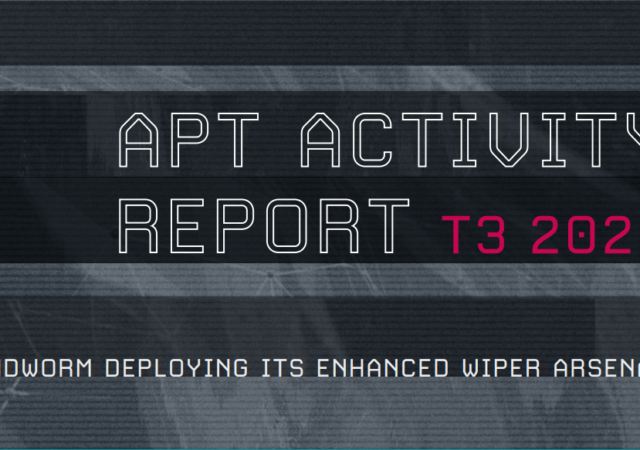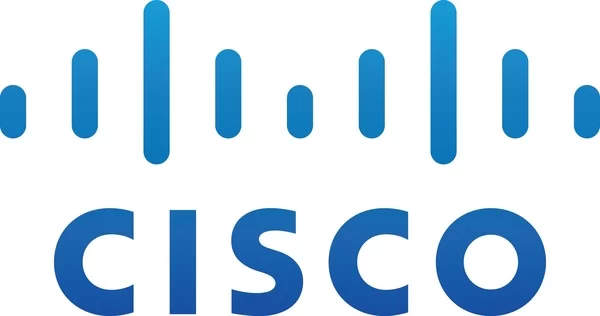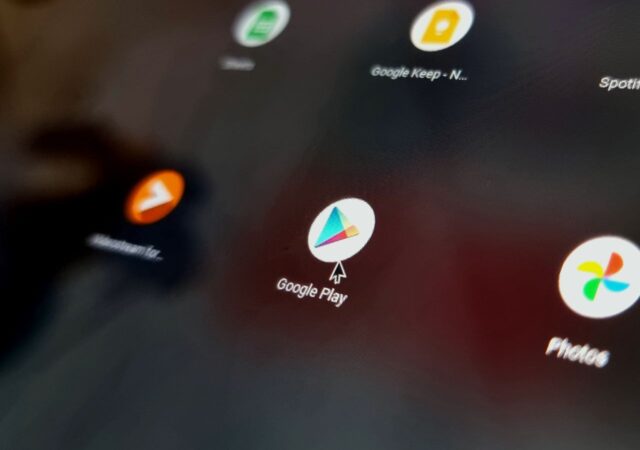A major Intel chip vulnerability named “Downfall” may allow hackers to gain access to temporary data storage and access sensitive information.
AMD’s Zen 3 & Zen 4 CPUs Are At Risk of Exploitations Thanks to New “Inception” Vulnerability
New Inception vulnerability in AMD Zen 3 and Zen 4 CPUs poses a security risk as it is reported to be able to leak sensitive data within 40 minutes on Linux.
Kaspersky Redefines End-Point Protection – Go Standard, Plus, or Premium
Kaspersky introduces their latest end-point cybersecurity solution – the Standard, Plus, and Premium protection plans.
ESET reports cyberthreats to Ukraine by Russian APT
Cybersecurity company ESET released its latest APT Activity Report, shedding light on coordinated threats to cybersecurity across the globe for 2022. Advanced Persistent Threats or APT, are broadly defined as targeted cyberattacks by either a single person or a coordinated…
Cybercriminals are Ready to Crash Your Holiday Party
The holiday season is a time when we’re celebrating, it’s also notorious for cybersecurity incidences due to the lack of security and automation.
Cyberattackers are Using the Cloud too – Are Malaysian Enterprises Prepared?
With an increasing number of business going to the cloud, what can they do to be better prepared to help mitigate the risks from cyberattackers?
Cisco Urges Customers to Upgrade to Avoid Vulnerability Exploit
Cisco seemingly forces customers to update to more current routers as a serious exploit comes to light.
[PSA] Android Users, if You Have This App; Delete it Immediately!
Pradeo found a malware on an app for Android devices. If you have the app, you want to delete it immediately.
2022 and Beyond – Technologies that will Change the Dialogue
2022 is set to be one of the most revolutionary years in tech with the increase in 5G adoption as well as changing paradigms in cloud computing.












